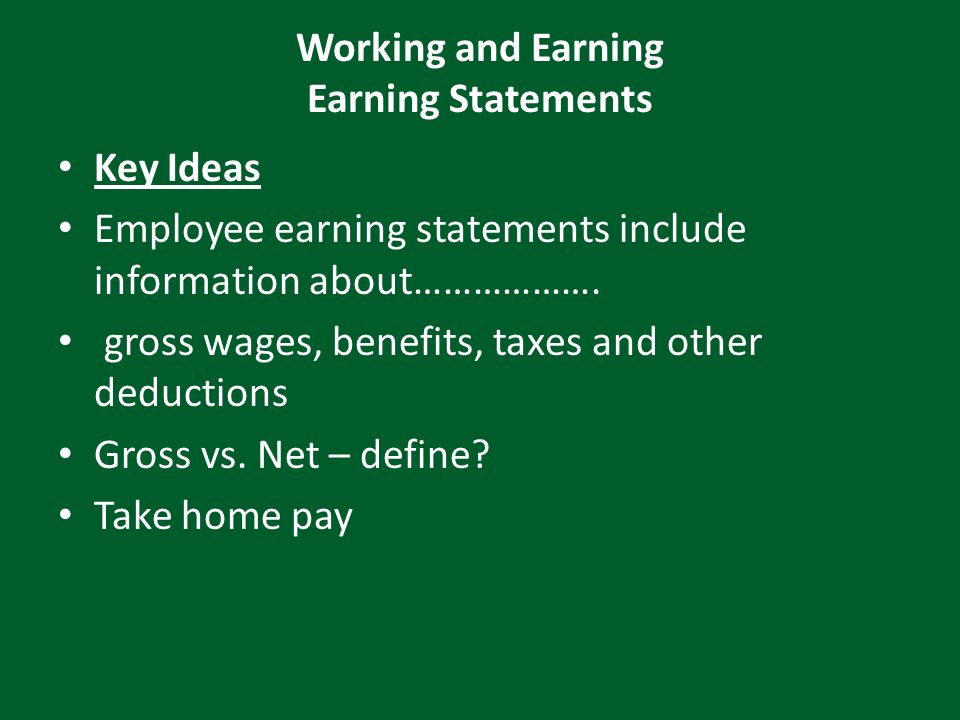
To arrive at the after-tax cost of debt, we multiply the pre-tax cost of debt by (1 — tax rate). The YTM refers to the internal rate of return (IRR) of a bond, which is a more accurate approximation of the current, updated interest rate if the company tried to raise debt as of today. For example, a bank might lend $1 million in debt capital to a company at an annual interest rate of 6.0% with a ten-year term. The cost of debt before taking taxes into account is called the before-tax cost of debt. The key difference in the cost of debt before and after taxes lies in the fact that interest expenses are tax-deductible. This formula is useful because it takes into account fluctuations in the economy, as well as company-specific debt usage and credit rating.

By using Layer, you’ll have fully synchronized data and complete control over access. You can schedule updates and automate processes to save time and minimize errors, as well as automatically share reports with interested parties. In an empty cell, type in the formula for cost of debt or before-tax cost of debt. In the next section, you have examples of how to calculate the before-tax and after-tax cost of debt using spreadsheet software.
What Is Cost of Capital?
The loan is repaid, along with an interest expense, over months or years. The term debt equity could be confusing, but it’s basically referring to a loan. The first approach is to look at the current yield to maturity or YTM of a company’s debt. An example would be a straight bond that makes regular interest payments and pays back the principal at maturity. Credit spread– a company’s credit spread is determined both by the amount of debt they are carrying and their credit score. When a company carries a large amount of debt but have a lower credit score it is a signal that they have a greater chance of defaulting on their debt.
The cost of debt refers to the effective interest rate paid on the company’s total debt. This value is usually an estimate, particularly if calculated using averages. The amount paid in interest expenses varies from item to item and is subject to fluctuations over time. The cost of equity is an implied cost or an opportunity cost of capital.
- The cost of capital represents the minimum return that a company must earn on its capital to satisfy its shareholders, creditors, and other providers of capital.
- Get a Cheaper Loan
A cheaper loan means to get a loan at a lower rate of interest which can be done by creating a good credit score by repaying loans on time, offering collaterals, negotiating, etc. - Debt equity provides a company with the ability to leverage a small amount of money into a much greater amount.
- All you need to do to measure your total debt cost is simply add all your loans, credit card balances, and so on.
You now know what the term cost of debt means and how to calculate it before and after taxes. You also know how to use Microsoft Excel or Google Sheets to automate the calculations. Using a tool like Layer, you can automate the process even further by synchronizing data across multiple formats and locations, as well as scheduling updates, assigning tasks, and automatically sharing reports. A free Google Sheets DCF Model Template to calculate the free cash flows and present values and determine the market value of an investment and its ROI. The reason why the after-tax cost of debt is a metric of interest is the fact that interest expenses are tax deductible.
How to Calculate Cost of Debt?
However, recent increases in interest rates and inflation are now resulting in an increase in interest expense. In accordance with the 2014 DATA Act, federal agencies are required to submit financial data on a quarterly and/or monthly basis to USAspending.gov. Anyone can visit USAspending for a breakdown of what the federal government spends each year and how it spends that money. Visitors can follow the money from the Congressional appropriations to the federal agencies and down to local communities and businesses. The national debt is composed of distinct types of debt, similar to an individual whose debt may consist of a mortgage, car loan, and credit cards. The different types of debt include non-marketable or marketable securities and whether it is debt held by the public or debt held by the government itself (known as intragovernmental).
The cost of debt is the minimum rate of return that the debt holder will accept for the risk taken. The cost of debt is the effective interest rate the company pays on its current liabilities to the creditor and debt holders. As companies add new debt to their balance sheets, their average cost of debt increases; in dollar terms, they’ll see a higher interest expense on their income statement.
Everything to Run Your Business
This means that the after-tax cost of debt is lower than the before-tax cost of debt. WACC is used as the discount rate when performing a valuation using the unlevered free cash flow (UFCF) approach. Discounting UFCF by WACC derives a company’s implied enterprise value.
The revenue of the largest investor in Treasury securities, the Social Security Administration, has not increased significantly in recent years, resulting in this slower intragovernmental holding increase. Consistent with the purpose of the federal government established by the U.S. Constitution, money is spent on programs and services to ensure the well-being of U.S. residents. Keep in mind that this isn’t a perfect calculation, as the amount of debt a company carries can vary throughout the year. If you’d like a more reliable result, then you can use the average of the company’s debt load from its four most recent quarterly balance sheets.
Maintaining the National Debt
The cost of debt refers to the average cost of borrowing for a business. In other words, when companies borrow money, they’re obligated to pay a certain interest rate over the course of the loan term, much like an individual loan. Companies with outstanding bonds and loans pay ongoing interest to various lenders, and that interest expense translates to the dollar cost of debt over a particular time period. Using the example, imagine the company issued $100,000 in bonds at a 5% rate with annual interest payments of $5,000.
They can work with outside investors to raise equity, or they can borrow money in the form of debt. Companies financed with equity trade a specified ownership percentage for new money, while companies using debt financing have to pay a particular rate of interest for the money they borrow. The total interest you’d pay your friend for that loan would be $100, all of which you can deduct on your taxes, which means your total taxable income goes down by $100. Because your tax rate is 40%, that means you end up paying $40 less in taxes. Businesses that don’t pay attention to cost of debt often find themselves mired in loan payments they can’t afford.
WACC Formula
Although you can use Excel or Google Sheets for bookkeeping, it’s helpful to know how to be your own cost of debt calculator. Refinancing Loan
First, one needs to start a loan with a rate of interest he is eligible for; then, when the business starts growing, he can refinance the loan at a lower rate after some months of the loan. Let’s see an example to understand the cost of debt formula in a better manner. Borrowed money can help companies and individuals reach financial goals, but it can also cause tremendous financial stress if not managed accordingly. As with any decision to take on new debt or to restructure, companies and individuals alike would be wise to take a big-picture view and proceed with caution in the face of new borrowing.
- To see if your tax savings will cover your interest expenses, you’ll use a different formula to calculate your cost of debt after taxes.
- The current market price of the bond, $1,025, is then input into the Year 8 cell.
- When neither the YTM nor the debt-rating approach works, the analyst can estimate a rating for the company.
- To get our total interest, we’ll multiply each loan by its annual interest rate, then add up the results.
- A factor that a company does have control of is its credit spread which is determined by the amount of debt it is carrying and its credit score.
- The visual below comparing calendar year and displays the difference in growth between debt held by the public and intragovernmental debt.
When the creditors give a loan, they estimate the risks and the borrower’s chances of repayment of the debt. Various factors like the inflation, risk, and time value of the money need to be taken into account, which helps the business and creditors determine if the process is worthy enough. Then, multiply that by your effective interest rate, or weighted average interest rate, to get your after-tax Cost of debt. The cost of debt you just calculated is also your weighted average interest rate. This rate will help us complete our next calculation — after-tax cost of debt. This interest rate is also important if you want to calculate your weighted average cost of capital (WACC).
The national debt is the total amount of outstanding borrowing by the U.S. To find your total interest, multiply each loan by its interest rate, then add those numbers together. Here, we’ll discuss what the cost of debt is and how you might see it applied in the real world. The cost of Equity and debt are the two most essential elements in the price of capital. Companies can acquire money through Equity or debt, with the majority preferring a combination of the two. If you only want to know how much you’re paying in interest, use the simple formula.

Susan Guillory is an intuitive business coach and content magic maker. She’s written several business books and has been published on sites including Forbes, AllBusiness, and SoFi. She writes about business and personal credit, financial strategies, loans, and credit cards.
The cost of debt furnishes you with the information which helps you determine if you can justify taking the debt. Calculating the cost of the debt also guides you in estimating the true cost of your business loan. Equity is the amount of cash available to shareholders as a result of asset liquidation and paying off outstanding debts, and it’s crucial to a company’s long-term success. Companies in the early stages of operation may not be able to leverage debt in the same way that well-established corporations can. Limited operating histories and assets often force smaller companies to take a different approach, such as equity financing, which is the process of raising capital through selling company shares. Stakeholders who want to articulate a return on investment—whether a systems revamp or new warehouse—must understand cost of capital.
Risk Appetite Eases $1.6 Trillion Maturity Wall – Yahoo Finance
Risk Appetite Eases $1.6 Trillion Maturity Wall.
Posted: Sat, 19 Aug 2023 18:12:56 GMT [source]
Debt and equity capital both provide businesses with the money they need to maintain their day-to-day operations. Equity capital tends to be more expensive for companies and does not have a favorable tax treatment. Too much debt financing, however, can lead to creditworthiness issues and increase the risk of default or bankruptcy.
